Disclosure: This article contains affiliate links. We may earn a commission from purchases at no extra cost to you, which helps our travel content.
The first thing that hit me as I stepped off the train in Poznan wasn't the crisp autumn air or the golden light filtering through the centuries-old architecture—it was the energy. As someone who's spent years reading vital signs in emergency situations, I can tell you there's a distinct pulse to this place that feels simultaneously ancient and youthful. Maybe it's the 130,000 university students who breathe life into Poznan's medieval bones each fall, or perhaps it's something deeper in the soil itself. What I didn't expect from this mid-sized Polish city was how perfectly it would accommodate a solo traveler with a hunger for cultural immersion without the overwhelming crush of tourism that plagues Prague or Krakow. After three days wandering between colorful façades, hidden courtyards, and bustling food markets, I discovered a city that offers something increasingly rare in Europe: authentic connection on a budget that won't make your credit card need emergency resuscitation.
Navigating Poznan's Old Town: Where Sacred Geometry Meets Student Life
Poznan's Old Market Square (Stary Rynek) functions like the city's beating heart—a perfect example of what medical folks might call 'centralized circulation.' Everything radiates outward from this colorful medieval plaza in an almost perfect geometric pattern that reminds me of the sacred designs I've encountered in indigenous healing spaces.
What struck me most was how the 16th-century architecture creates natural gathering points where energy concentrates. The Renaissance Town Hall stands as the square's centerpiece, where crowds gather daily at noon to watch the mechanical goats emerge and butt heads twelve times—a quirky tradition that had me checking my watch like a timed medication schedule.
But unlike many European old towns that feel preserved in amber for tourists, Poznan's historic center pulses with authentic student life. Cafés spill onto cobblestone streets where young Poles debate philosophy over remarkably affordable espresso (around 8-10 złoty, or $2-2.50). I spent one particularly memorable evening at Café Stragan, where a spontaneous poetry reading broke out among university students who later invited me to join their table when they noticed me dining solo.
The old town's layout creates natural pathways for exploration, with narrow streets revealing hidden courtyards where you'll find everything from craft breweries to impromptu art installations. My travel journal quickly filled with sketches of doorways and architectural details that seemed to follow patterns I'd previously only noticed in nature—the same golden ratio that appears in nautilus shells and pine cones manifesting in human-made structures centuries old.
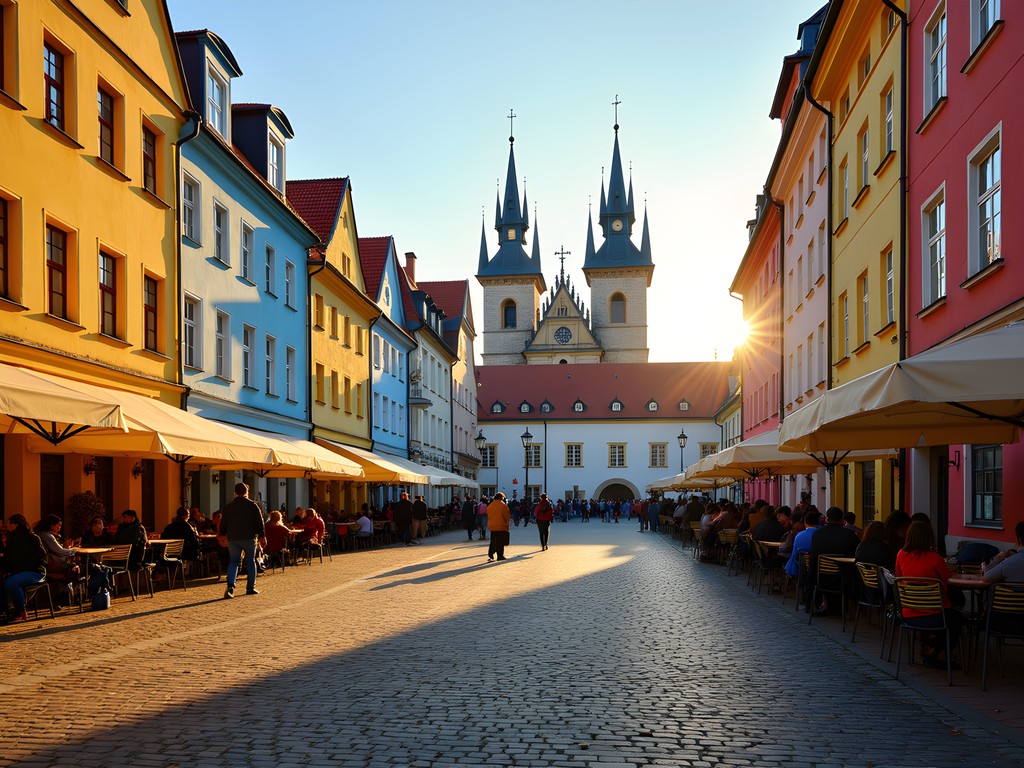
💡 Pro Tips
- Visit the Town Hall at noon to see the famous butting goats mechanical clock show
- Look for student discounts at cafés near Adam Mickiewicz University locations
- Explore beyond the main square—the most authentic spots are often one or two streets away
The Healing Powers of Polish Cuisine: Beyond Pierogi
My fascination with food as medicine—something my Mi'kmaq grandmother instilled in me—found unexpected resonance in Poznan's culinary landscape. Polish cuisine is often reduced to pierogi and kielbasa in the Western imagination, but what I discovered was a complex food tradition deeply rooted in seasonal rhythms and preservation techniques.
At Poznań's Jeżyce district food market, I watched elderly women selling foraged mushrooms and wild berries alongside vendors offering fermented foods like kapusta (sauerkraut) and ogórki kiszone (fermented cucumbers). These traditional preservation methods weren't just about surviving harsh winters—they were creating probiotic powerhouses centuries before gut health became trendy.
For solo travelers, Poznan offers the perfect balance between communal dining and budget-friendly options. The city's milk bars (bar mleczny) are cultural institutions dating back to communist times that serve traditional Polish food at prices that seem frozen in the 1990s. At Bar Apetyt on Szkolna Street, I enjoyed a hearty bowl of żurek (fermented rye soup with sausage and egg) for just 12 złoty ($3) while sharing a communal table with locals who patiently helped translate the handwritten menu posted on the wall.
Poznan's signature St. Martin's croissant (rogal świętomarciński) deserves special mention not just for its delicious filling of white poppy seeds, nuts, and dried fruit, but for the story it carries. These croissants are traditionally shared on November 11th to commemorate St. Martin, who gave half his cloak to a beggar—a beautiful reminder of community care and sharing that resonates with my own cultural values around food as connection.
To truly understand Poznan through its food, I recommend taking a food tour or using a comprehensive guide to help navigate the less obvious culinary landmarks. The stories behind these dishes provide a window into Polish resilience and creativity that no museum exhibit could fully capture.
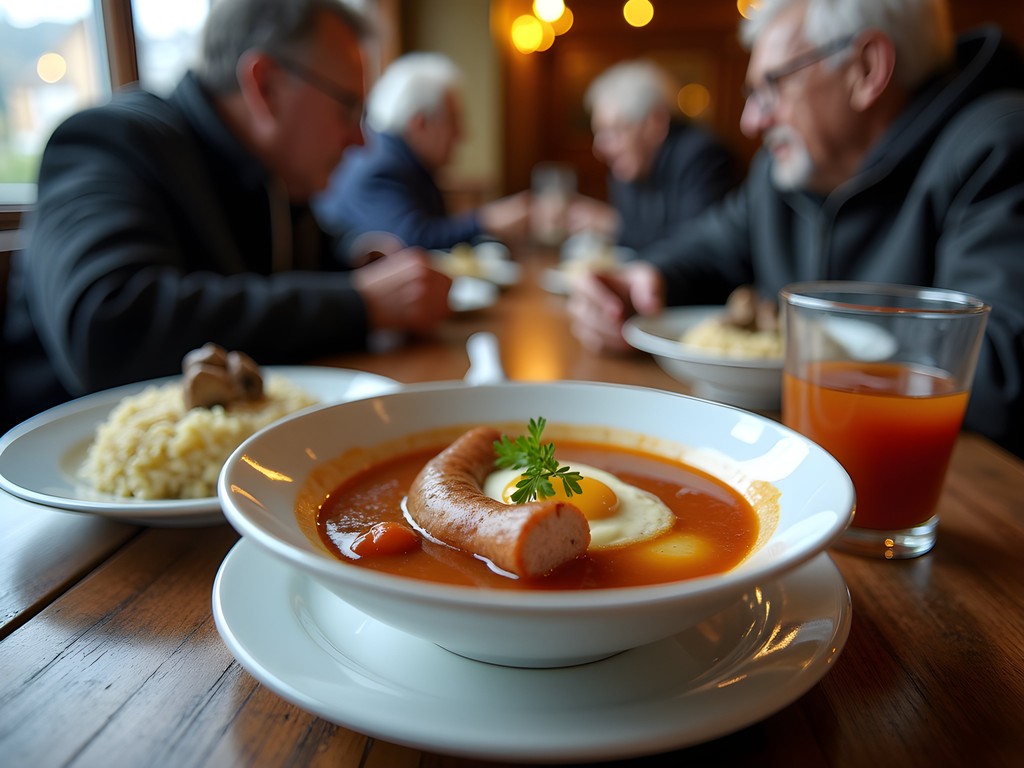
💡 Pro Tips
- Visit a milk bar (bar mleczny) for authentic, budget-friendly Polish meals
- Try żurek soup with a side of kompot (fruit drink) for a traditional Polish lunch
- Look for the certified 'Poznańskie Rogale' shops for authentic St. Martin's croissants
Communing with Nature: Poznan's Urban Green Spaces
As someone who seeks balance between urban exploration and natural connection, Poznan surprised me with its abundant green spaces that serve as the city's lungs. Citadel Park (Park Cytadela) stands where a Prussian fort once dominated the landscape—now transformed into 100 hectares of rolling hills, sculpture gardens, and military museums. There's something profoundly healing about places that have witnessed trauma being reclaimed by nature and art.
On a crisp fall morning, I laced up my hiking boots and spent hours wandering through tunnels of golden-leaved trees, their autumn transformation creating a natural cathedral overhead. The park's rolling topography comes from its military origins, with former fortifications now serving as sledding hills for local families.
What struck me most was how Poznan's parks function as democratic spaces where all aspects of society converge. In Lake Malta's surrounding parkland, I watched elderly people practicing tai chi alongside university students preparing for exams on blankets, and young families feeding ducks along the shore. This artificial lake, created for rowing competitions, has become a wellness hub where locals walk, run, and cycle along its 5.6km perimeter.
For those seeking deeper connection with plant medicine, the Botanical Garden of Adam Mickiewicz University houses over 7,000 plant species, including a remarkable collection of medicinal herbs. As someone who's witnessed the power of plant-based remedies in emergency situations, I found myself taking extensive notes on traditional Polish healing plants like linden (used for fever reduction) and yarrow (for wound healing)—knowledge that bridges continents and generations.
My most profound moment came during sunset at Lake Rusałka, a quieter alternative to Malta where the forest meets water. As darkness fell, I watched bats emerge from the treeline while listening to distant student laughter from a lakeside bar—a perfect encapsulation of how Poznan balances natural sanctuary with youthful energy.

💡 Pro Tips
- Rent a city bike to explore Lake Malta's perimeter—stations are everywhere and rental is inexpensive
- Visit Citadel Park early morning to catch locals practicing tai chi and yoga
- Pack a picnic from local markets to enjoy in the Botanical Gardens—it's permitted and economical
Sacred Spaces and Healing Places: Unexpected Spiritual Encounters
My travels often lead me to spaces where spiritual and healing traditions intersect, and Poznan offered surprising depth in this regard. The city's religious architecture reveals layers of history—from Gothic Catholic churches to the New Synagogue that survived Kristallnacht only to be converted to a swimming pool during Nazi occupation (now restored as a cultural center).
St. Stanislaus Parish Church particularly moved me with its acoustic properties. I happened upon an impromptu choir practice where Gregorian chants filled the vaulted space with overtones that created what sound healers would recognize as a perfect resonance chamber. The effect was physically palpable—like a gentle recalibration of my nervous system after days of travel.
But Poznan's sacred geometry extends beyond religious buildings. The Imperial Castle (Zamek Cesarski), built for German Emperor Wilhelm II, incorporates fascinating mathematical proportions despite its troubled colonial history. Now repurposed as a cultural center, its courtyard hosts yoga classes where ancient practice meets controversial architecture—a beautiful example of reclaiming spaces through mindful presence.
For those seeking more alternative healing traditions, Poznan's student population has cultivated spaces like Zen Garden Tea House, where I spent a rainy afternoon sampling Polish herbal infusions while writing in my travel journal. The owner, a former pharmacy student turned herbalist, shared her knowledge of adaptogens that help combat the effects of Poland's long, dark winters—information that resonated with similar practices I'd learned from my grandmother.
Perhaps most unexpected was my discovery of the 'energy spot' in Park Sołacki, where local lore claims a convergence of ley lines creates a natural healing vortex. Whether you believe in such phenomena or not, the 100-year-old oak trees and meandering stream create an undeniably restorative microclimate. I found elderly residents practicing gentle stretching exercises here that reminded me of the movement medicine traditions passed down through indigenous communities—proving once again that human intuition often leads different cultures to similar wellness practices.

💡 Pro Tips
- Visit churches outside of mass times for contemplative quiet—most are open daily
- Check cultural center schedules for meditation and yoga classes often held in historic buildings
- Ask local students about contemporary spiritual practices—they're often exploring traditions outside mainstream tourism
Budget-Friendly Solo Traveler Tips: Navigating Poznan Like a Local Student
If there's one thing my EMT training taught me, it's how to maximize resources in challenging situations. In Poznan, I discovered that adopting student strategies makes solo travel both more affordable and more authentic. With Poland's currency (złoty) offering favorable exchange rates for most Western travelers, your budget stretches remarkably far with a bit of local knowledge.
Accommodation in Poznan won't drain your resources if you think strategically. I stayed at TRIG Hostel, a renovated apartment building where medical students once lived, now offering private rooms with shared facilities for around 100 złoty ($25) per night. The communal kitchen became my evening hub for connecting with other travelers while preparing simple meals from market ingredients—a practice that saved me roughly 50-70 złoty ($12-17) daily compared to restaurant dining.
Transportation costs plummet when you invest in a Poznan City Card, which I purchased for 45 złoty ($11) for a 48-hour period. This covered unlimited public transport plus discounted museum entries. The tram system functions with medical precision—I never waited more than 7 minutes during my entire stay. For longer explorations, I used the city's bike-sharing system (Poznański Rower Miejski), which costs just 20 złoty ($5) to access for a week plus minimal usage fees.
Cultural experiences needn't be expensive either. Many museums offer free entry one day per week (typically Tuesdays or Saturdays), while university music departments host free or low-cost recitals by talented students. I stumbled upon an extraordinary jazz performance at the Academy of Music that would have cost triple in Western Europe but set me back just 15 złoty ($3.75) in Poznan.
Perhaps my best budget discovery was Poznan's network of 'anti-cafés' like Kisielice, where you pay for time rather than consumption (about 12 złoty/$3 per hour) and enjoy unlimited coffee, tea, and snacks while using comfortable workspaces. These became my perfect refuge during brief autumn rain showers, allowing me to transfer notes from my field waterproof notebook to digital format while recharging both my devices and myself.
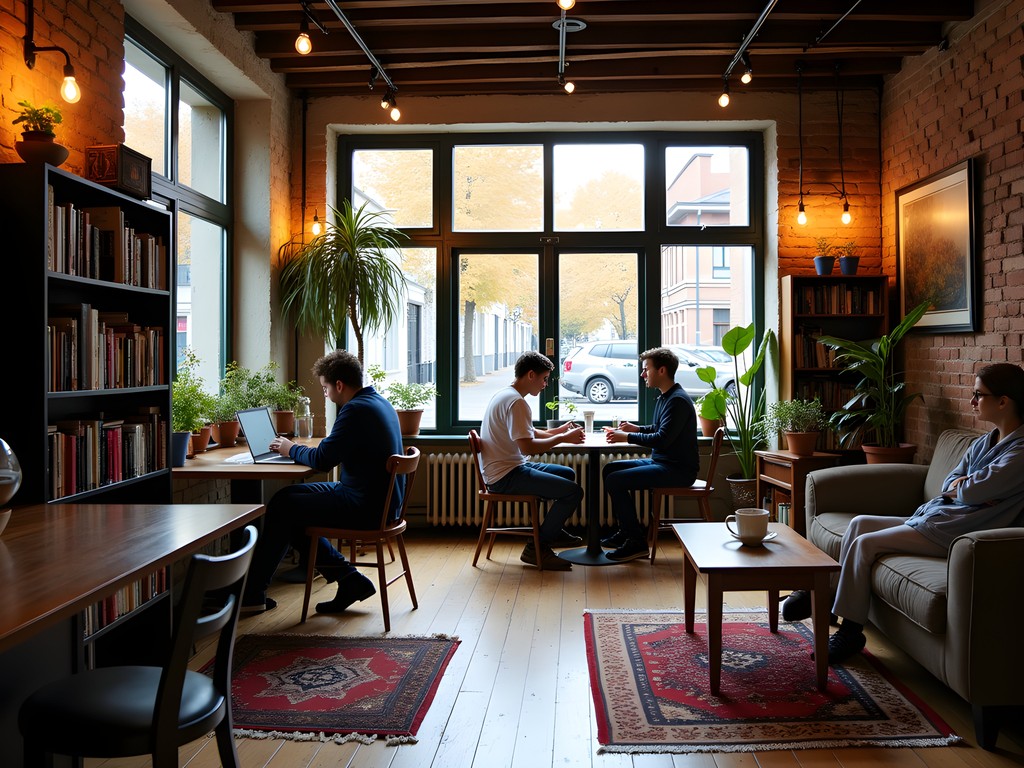
💡 Pro Tips
- Purchase the Poznan City Card for 24, 48, or 72 hours to save on transportation and attractions
- Look for 'student Tuesdays' at restaurants offering discounted meals to anyone with a student ID (or sometimes without)
- Download the Jakdojade app for navigating public transportation—it works in English and calculates the cheapest routes
Final Thoughts
As my train pulled away from Poznan's main station, I found myself already planning a return trip—perhaps when spring awakens the city's abundant parks or during June's Malta Festival when experimental theater transforms public spaces. What makes Poznan ideal for solo travelers isn't just its affordability or compact size, but the natural ease with which connections form here. Whether it's students inviting you to join their table or elderly market vendors patiently teaching you Polish names for wild mushrooms, the city offers a rare combination of safety, accessibility, and authentic human interaction. Like the best healing experiences, Poznan doesn't announce itself loudly or make grand promises—it simply creates the conditions for genuine discovery at your own pace. And sometimes, that's the most powerful medicine of all.
✨ Key Takeaways
- Poznan offers exceptional value for budget solo travelers with student-friendly prices and excellent public transportation
- The city's compact size makes it navigable without a car while still offering diverse experiences from medieval architecture to nature retreats
- Fall brings vibrant university energy and beautiful foliage without the summer tourist crowds
📋 Practical Information
Best Time to Visit
September-November (fall semester) or March-May (spring)
Budget Estimate
$40-60 per day including accommodation, food, and activities
Recommended Duration
2-3 days
Difficulty Level
Intermediate

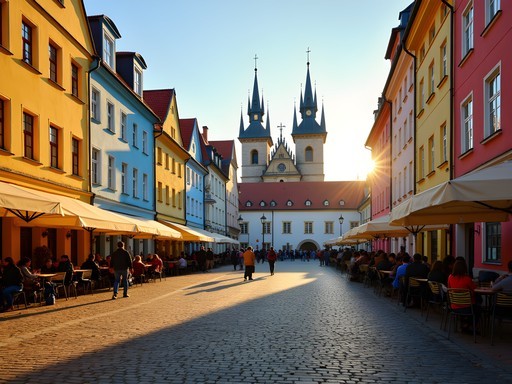
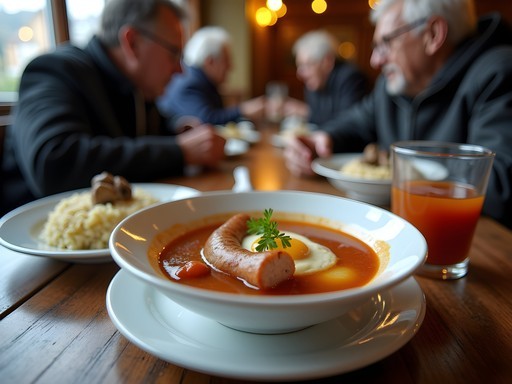
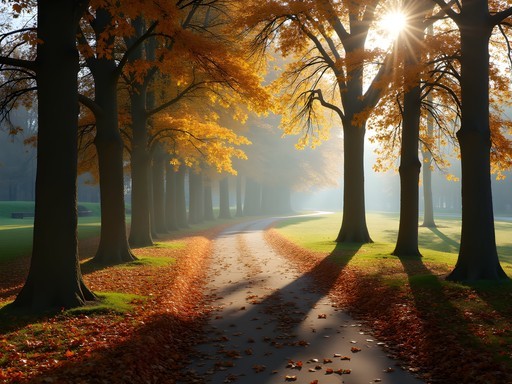
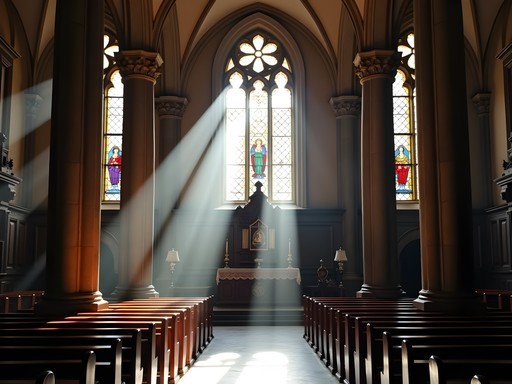
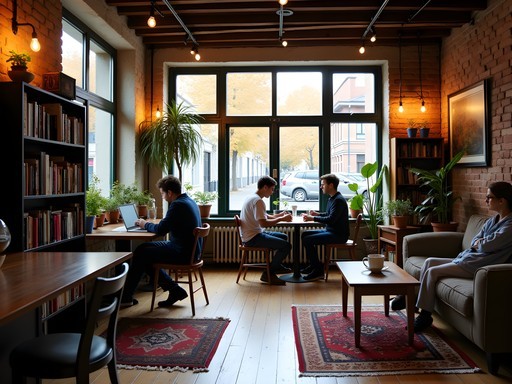




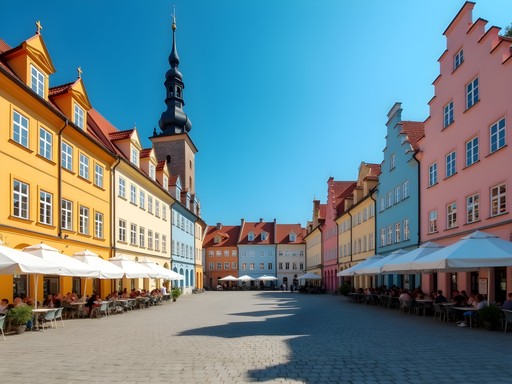

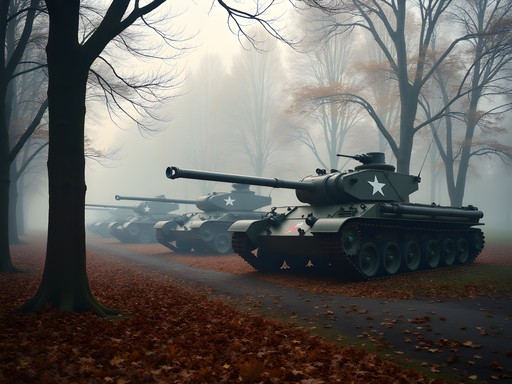
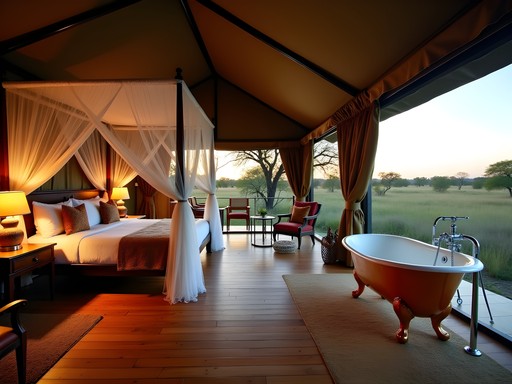


Comments
EuropeBound
For anyone planning a trip, I found my pocket dictionary super helpful in Poznan. While students speak English, having some basic Polish phrases really made locals smile and opened up more authentic experiences in the less touristy spots!
vacationadventurer
So true! Even just "dzień dobry" (good day) and "dziękuję" (thank you) got me far!
travelwithkids88
Going to Poznan next month with my teenage daughter. Is it really that solo-traveler friendly or would it work for us too? Any specific areas we should stay in?
Sage Dixon
It's absolutely great for non-solo travelers too! The Jeżyce neighborhood is perfect - safe, lots of cute cafes, and easy tram connections. Your daughter will love the street art there!
nomadfan
I took my niece (16) last summer and she loved it. The interactive ENIGMA museum about codebreaking was her favorite - definitely check that out!
Hunter Thompson
Just got back from Poznan last week and your post is spot on! The student energy makes this place so different from Krakow or Warsaw. I spent most evenings hanging out in Kontenerart (that riverside container bar area) meeting locals who were super keen to practice English. Pro tip for anyone going: the breakfast at Cafe La Ruina in Śródka district is INSANE value - massive portions for like €5. Also, don't miss the croissants with white poppy seed filling from any good bakery - they're a Poznan specialty called St. Martin's croissants. I tracked all my spending with my travel budget app and Poznan came out as my cheapest city in Poland!
coffeetime
Those croissants sound amazing! Adding them to my must-try list. Did you check out any of the parks mentioned in the blog?
Hunter Thompson
Yes! Citadel Park was brilliant for people-watching - tons of students hanging out. Malta Lake is a bit further but worth the tram ride - you can rent kayaks there. Great spot to recover from pierogi overload 😂
nomadfan
Those photos of Old Town at sunset are stunning! Adding Poznan to my bucket list!
coffeetime
Great post! I'm thinking about visiting Poznan this fall as a solo female traveler. How safe did you feel walking around at night, especially in the student areas? And did you find many people who spoke English?
Sage Dixon
Hi coffeetime! I felt incredibly safe in Poznan, even late at night. The student areas especially have a great vibe with people always around. English is widely spoken among students and in tourist areas, though having a translation app handy for more local spots doesn't hurt!
coffeetime
Thanks so much! That's really reassuring. Looking forward to trying all that Polish food you mentioned too!
Jean Wells
Sage, your observation about Poznan's energy is precisely what makes Poland's secondary cities so special. After 15 years of solo travel across Eastern Europe, I've found these university towns offer the most authentic cultural immersion. Your section on 'Sacred Spaces and Healing Places' resonated deeply - the Parish Church of St. Stanislaus has a remarkable acoustic quality that few travelers discover. For those planning winter visits, I recommend exploring the underground tunnels beneath the Old Market Square which provide fascinating historical context and shelter from the cold. The city's museum night in May transforms these spaces completely. When did you feel most connected to the local rhythm during your stay?
Sage Dixon
Jean, what a thoughtful comment! I felt most connected during those early evenings in Cytadela Park when students gather to play music and share stories. There's something magical about that twilight hour there. I missed the underground tunnels though - adding that to my list for the return trip!
vacationadventurer
I was in Poznan last year and totally agree about the energy! The student vibe makes it so easy to meet people. I spent three evenings just hanging out in those tiny cafes near the university and made friends with local students who showed me some hidden spots not in any guidebook. The pierogi at that little place near the old market square (can't remember the name) were life-changing! Did you try the St. Martin's croissants? They're this local specialty that I'm still dreaming about.
Jean Wells
The place is probably Pierożak if it was near the market square. Their mushroom and cabbage pierogi are exceptional. I've documented nearly 17 pierogi varieties across Poland!
vacationadventurer
Yes! Pierożak! That's exactly it. You know your Polish food spots!
EasternEuroExplorer
If you're visiting in June, don't miss the Malta Festival! Amazing theater performances all over the city, many free and outdoors. Also, the artificial ski slope at Malta lake is open year-round - such a random but fun activity in the middle of the city!
waveace
Oh cool! I'll be there in June and had no idea about this festival. Adding it to my list!
BudgetBites
Any recommendations for super cheap but good eats? Student budget here!
BudgetBites
Awesome, thanks! Milk bars sound perfect for my budget.
TravelingProfessor
Not the author but I was just in Poznan - try the milk bars (bar mleczny)! Especially Apetyt on Szkolna street. Full meal for under $5. Also the food stalls at Stary Browar shopping mall's lower level have great lunch deals.
WanderfulLife22
Those photos of Old Town are stunning! The colorful buildings look like something from a fairy tale.
Venture X
Premium card with 2X miles, $300 travel credit, Priority Pass